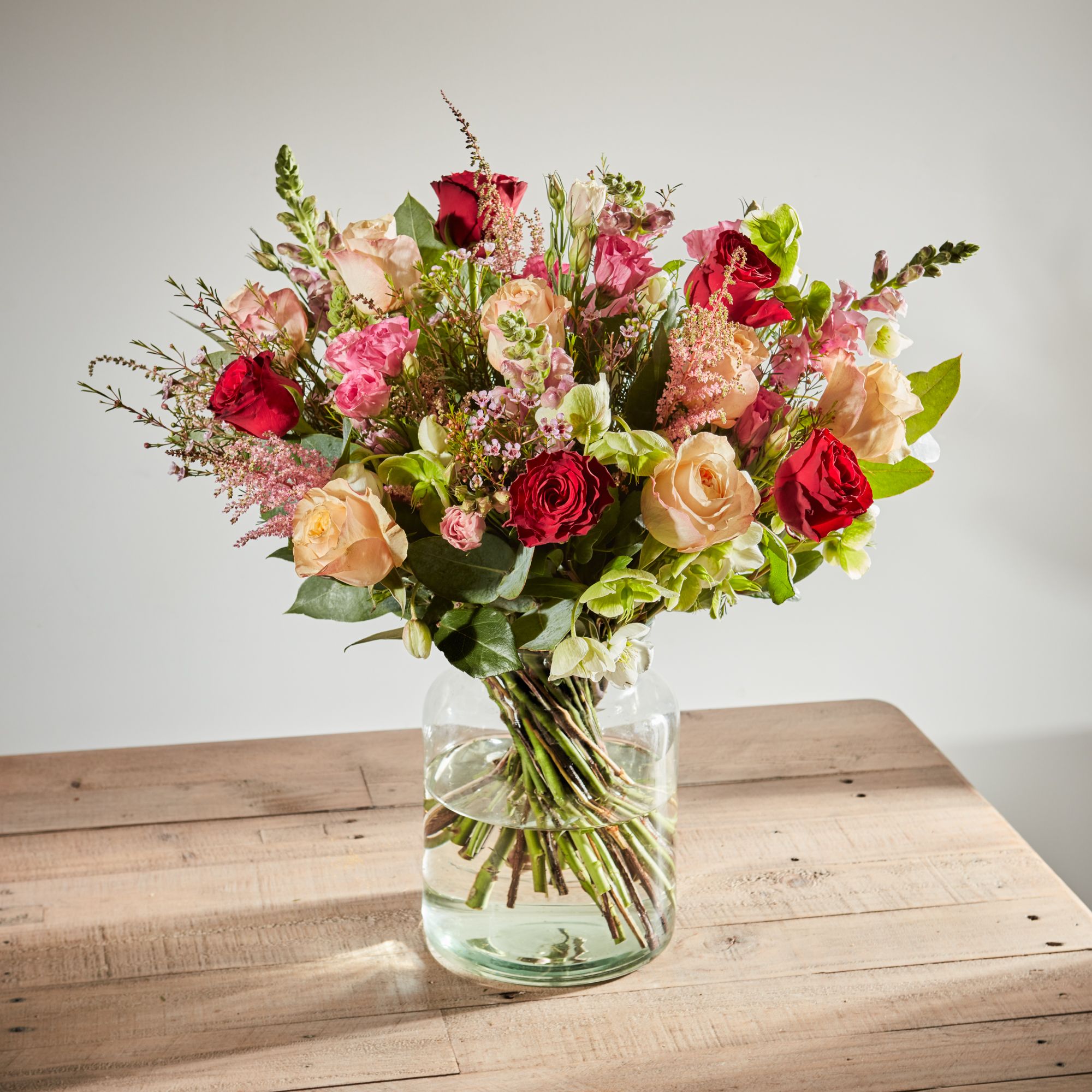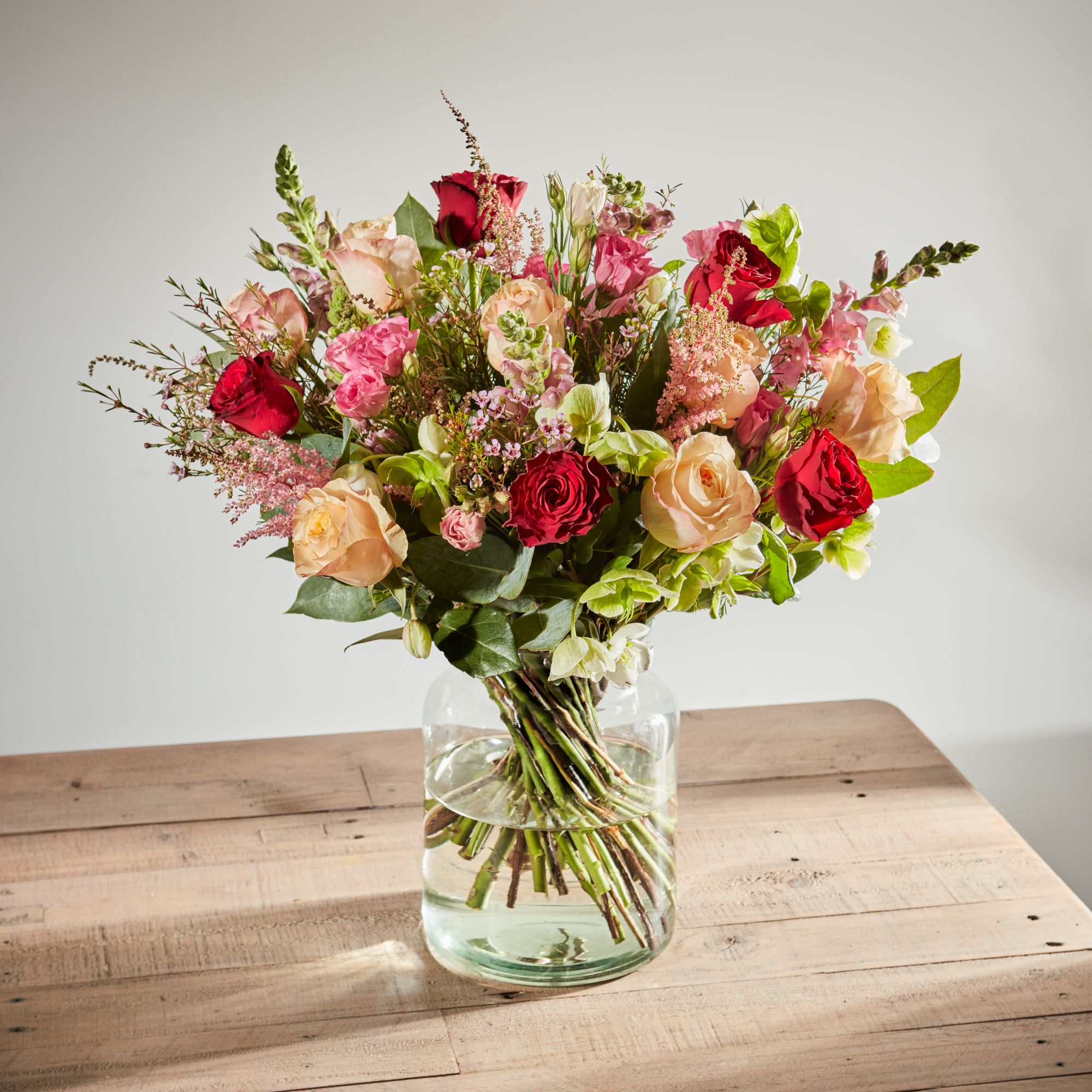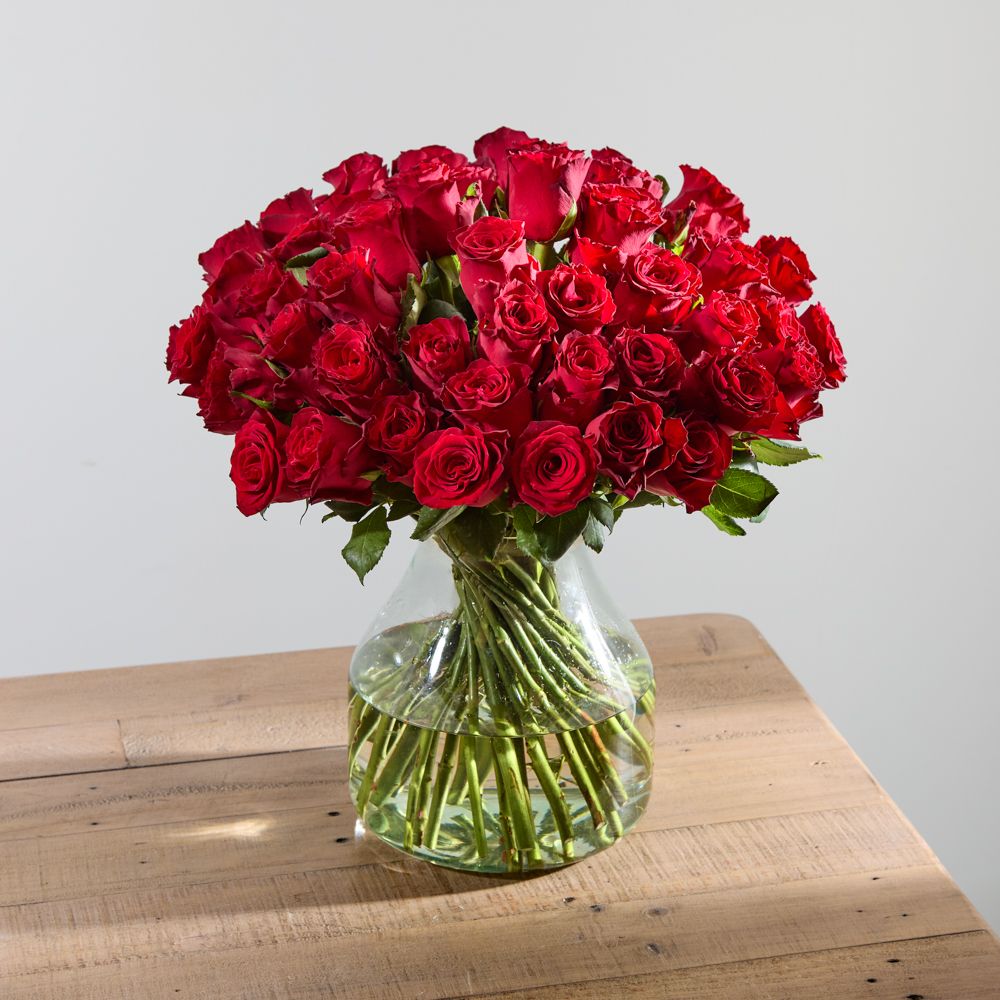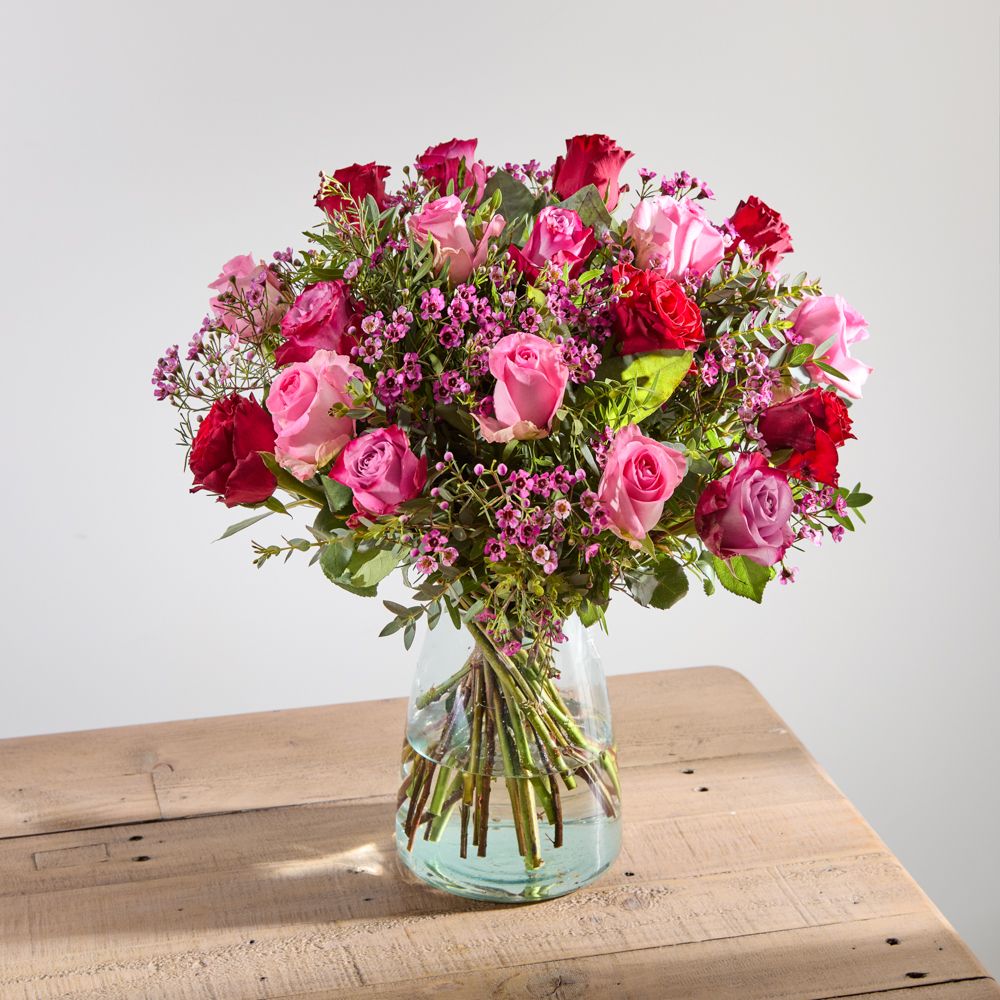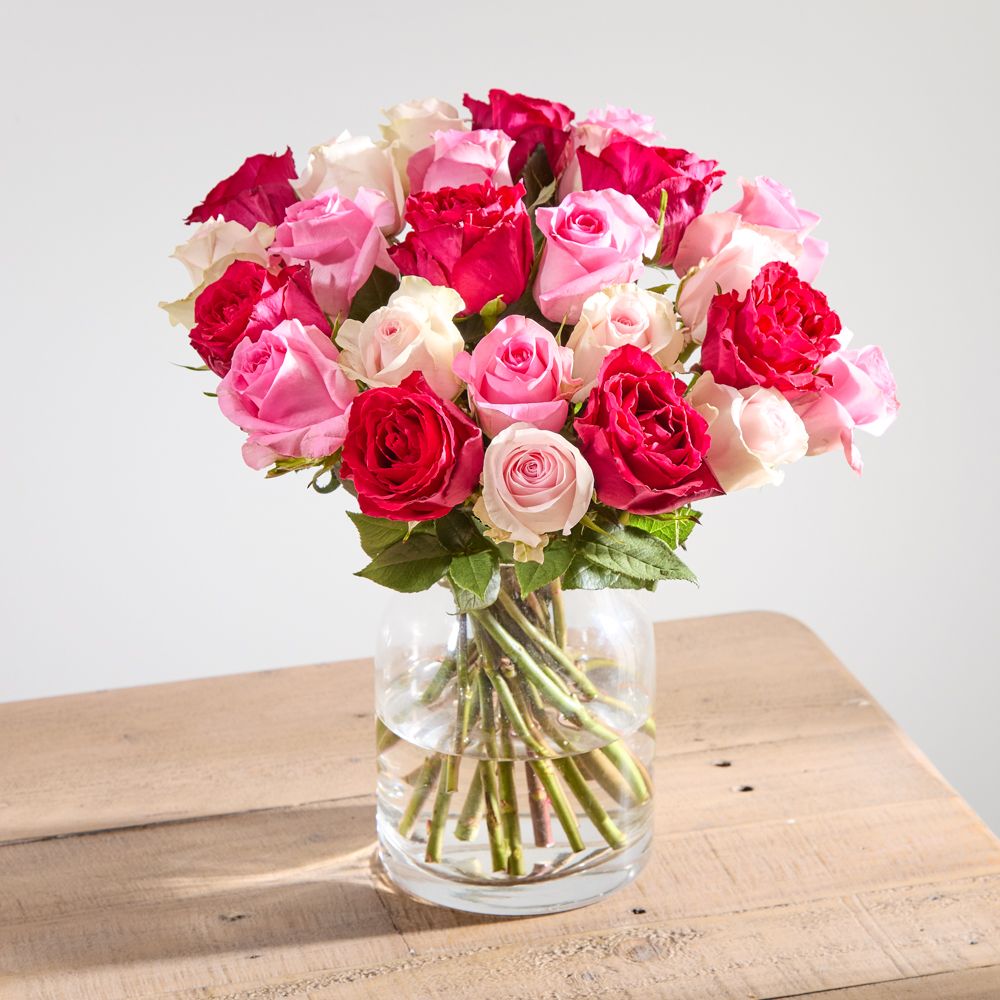
Why do we give flowers on Valentine's Day?
It wasn’t until the 18th century that people began exchanging cards or “Valentine’s” on Valentine’s Day, a practice that flourished in the Victorian period when postage became more affordable, along with sending
chocolates and, of course,
flowers. The custom began in England, but quickly spread.
It’s little wonder that flowers have become the way to express love on Valentine’s Day, as they’ve long been imbued with special meanings. The red
rose, a Valentine’s favourite, is said to symbolise true love, so it couldn’t be more appropriate for sending to a loved one on 14th February.
But for those who want to go a little ‘off-piste’ with their choice of
Valentine's Day flowers, there are plenty more romantic feelings to express in floral form.
White and
red roses together, for example, symbolise being ‘united’, while red
tulips express undying love and passion. White roses can express romantic sentiments such as wistfulness and purity, while
pink carnations symbolise a woman’s love.
If you want to surprise the one you love this Valentine’s Day, take your pick from our selection of romantic
Valentine's Day bouquets and make this 14 February one they’ll remember.
